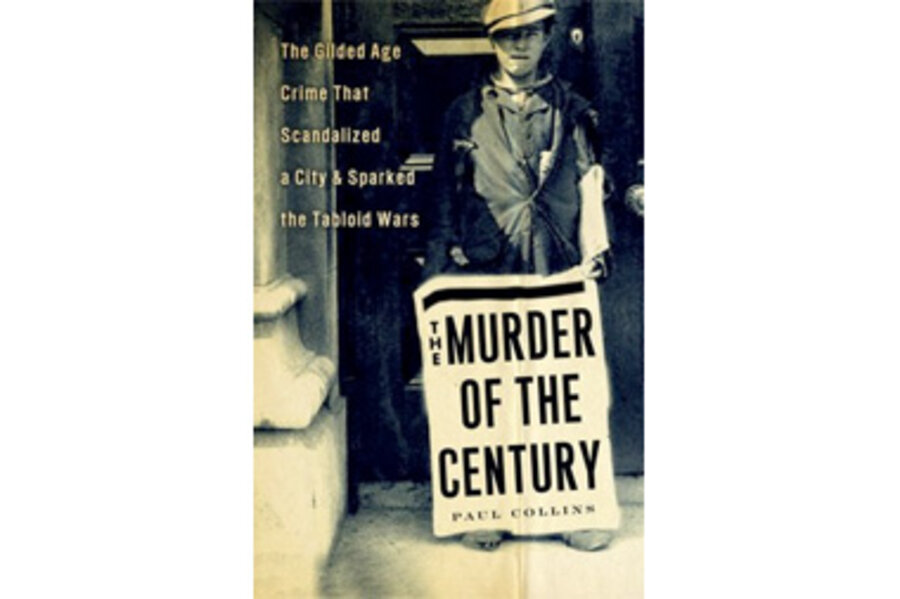In "The Murder of the Century: The Gilded Age Crime That Scandalized a City and Sparked the Tabloid Wars," NPR's "literary detective" Paul Collins examines a mysterious 1897 crime known as the Guldensuppe "Scattered Dutchman" murder case. The grisly disposal of the corpse – body parts were scattered around different New York City neighborhoods – and the unknown identity of the victim fueled the public imagination and soon newspapermen and business rivals William Randolph Hearst and Joseph Pulitzer were using the unsolved crime as the front line of an ever-escalating war for readership. The period details in this narrative are at least as fascinating as is the strange culmination of a case that relied on circumstantial evidence.
 Mark Sappenfield
Mark Sappenfield
Dear Reader,
About a year ago, I happened upon this statement about the Monitor in the Harvard Business Review – under the charming heading of “do things that don’t interest you”:
“Many things that end up” being meaningful, writes social scientist Joseph Grenny, “have come from conference workshops, articles, or online videos that began as a chore and ended with an insight. My work in Kenya, for example, was heavily influenced by a Christian Science Monitor article I had forced myself to read 10 years earlier. Sometimes, we call things ‘boring’ simply because they lie outside the box we are currently in.”
If you were to come up with a punchline to a joke about the Monitor, that would probably be it. We’re seen as being global, fair, insightful, and perhaps a bit too earnest. We’re the bran muffin of journalism.
But you know what? We change lives. And I’m going to argue that we change lives precisely because we force open that too-small box that most human beings think they live in.
The Monitor is a peculiar little publication that’s hard for the world to figure out. We’re run by a church, but we’re not only for church members and we’re not about converting people. We’re known as being fair even as the world becomes as polarized as at any time since the newspaper’s founding in 1908.
We have a mission beyond circulation, we want to bridge divides. We’re about kicking down the door of thought everywhere and saying, “You are bigger and more capable than you realize. And we can prove it.”
If you’re looking for bran muffin journalism, you can subscribe to the Monitor for $15. You’ll get the Monitor Weekly magazine, the Monitor Daily email, and unlimited access to CSMonitor.com.






